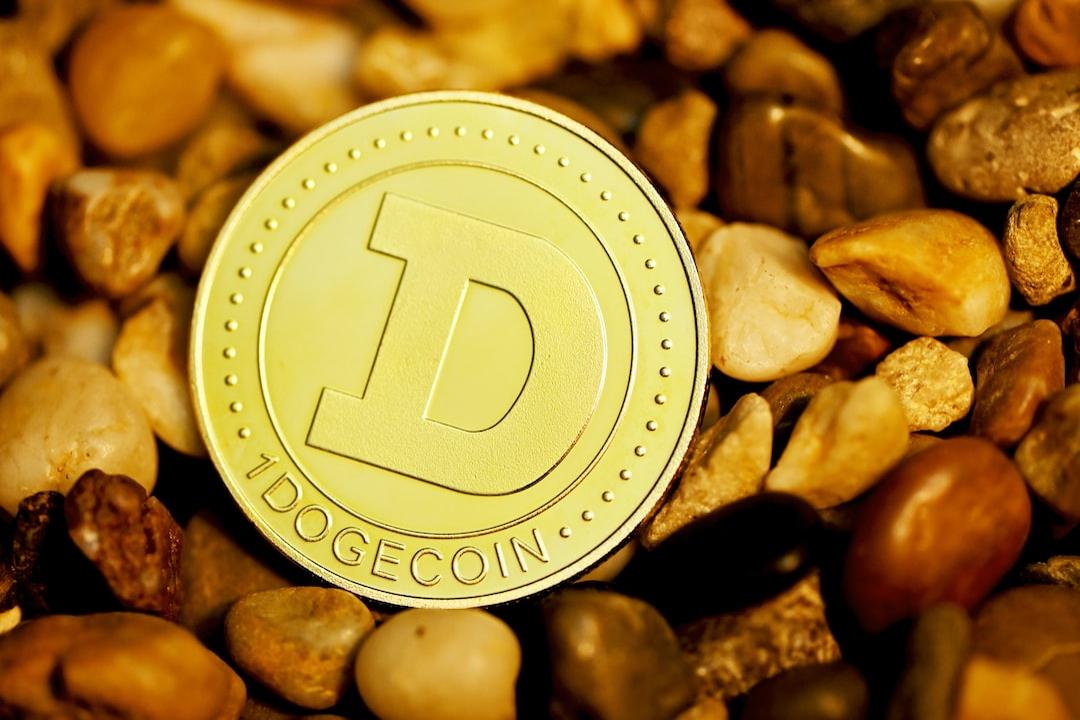This article is the 8th in the On-chain Data Academy series, with a total of 10 articles. It will guide you step by step in understanding on-chain data analysis. Interested readers are welcome to follow this series.
(Previous summary: On-chain Data Academy (VI): A New and Marvelous Pricing Methodology for BTC Research Involving ARK (I))
(Background Supplement: On-chain Data Academy (VII): A New and Marvelous Pricing Methodology for BTC Research Involving ARK (II))
TLDR
The Cointime Price series will be divided into three articles, and this is the third one. It is highly recommended to read at least the first article in this series beforehand! This article will introduce another method for observing Cointime Price tops. Personal Model Sharing: Cointime Price Distribution Rate Observation Model.
A brief review of the content from the first two articles: In the first article of the Cointime Price series, the basic principles of Cointime Price were explained, and an application for bottom fishing was provided; the second article approached from the perspective of “the extent of price deviation from Cointime Price,” sharing a personally designed Cointime Price Deviation model, which serves as a signal filter for observing tops. For first-time readers of this series, it is advisable to read at least the first article; otherwise, there may be difficulties in understanding the subsequent content.
Top-escaping Methodology: Cointime Price Daily Distribution Rate Model
1. The Regularities of Cointime Price
Before we proceed, let’s take another look at the Cointime Price chart:

Observant readers should have noticed a distinct characteristic in the changes of Cointime Price: “Rapid Rise ⭢ Platform Period ⭢ Rapid Rise ⭢ Platform Period ⭢ …”. According to the content of the first article in this series, we can understand that: “Cointime Price only changes rapidly when long-term holders distribute in large quantities.” Moreover, Cointime Price represents “the time-weighted average cost of market holdings.” During the distribution phase, the remaining holders’ costs increase due to accepting distribution, which is reflected in the rapid rise of Cointime Price on the chart.
Utilizing this characteristic, I designed an indicator for observing the distribution rate, temporarily named the “Cointime Price Daily Distribution Rate.”
2. Cointime Price Daily Distribution Rate Model
To measure the rate of change, I adopted the simplest formula:
Daily Distribution Rate = (Today’s Cointime Price – Yesterday’s Cointime Price) / Today’s Cointime Price
Then, I applied a moving average smoothing process to the calculated value. By inputting this formula into Glassnode, the following chart was obtained:

We can see that each main bullish wave is invariably accompanied by a high distribution rate of Cointime Price. Except for one instance in 2019 when a high distribution rate appeared near the bottom, at all other times, a high distribution rate indicates a signal of accelerated distribution by long-term holders. As for the high distribution rate in 2019, it practically does not lead to misjudgment since even without considering other indicators, the price alone indicates that it could not be a “top.”
3. Daily Distribution Rate Conditions at Historical Tops
Logically speaking, during each periodic major top of BTC, distribution typically does not occur just once, as evidenced by indicators such as URPD, Realized Profit, etc. This logic holds because distribution is always a process, not an event that can be completed quickly.

As shown in the above chart, when a top occurs, there are multiple significant increases in the daily distribution rate. During this bull market cycle, the daily distribution rate experienced an acceleration in March 2024, which can also be verified by Realized Profit data, indicating that some long-term holders indeed realized profits at that time. March 2024 was the first instance of a rapid increase in the distribution rate during this cycle; in November of the same year, amid Trump’s election and a rapid price increase, the distribution rate again showed a rapid increase. From the perspective of on-chain data analysis, this is undoubtedly a warning signal worth paying attention to.
Conclusion
This concludes the content of the On-chain Data Academy (VIII). The sharing of the Cointime Price series comes to an end here. Interested readers who wish to learn more about on-chain data analysis should be sure to follow this series! If you would like to see more analyses and educational content related to on-chain data, feel free to follow my Twitter (X) account! I hope this article has been helpful to you. Thank you for reading.


